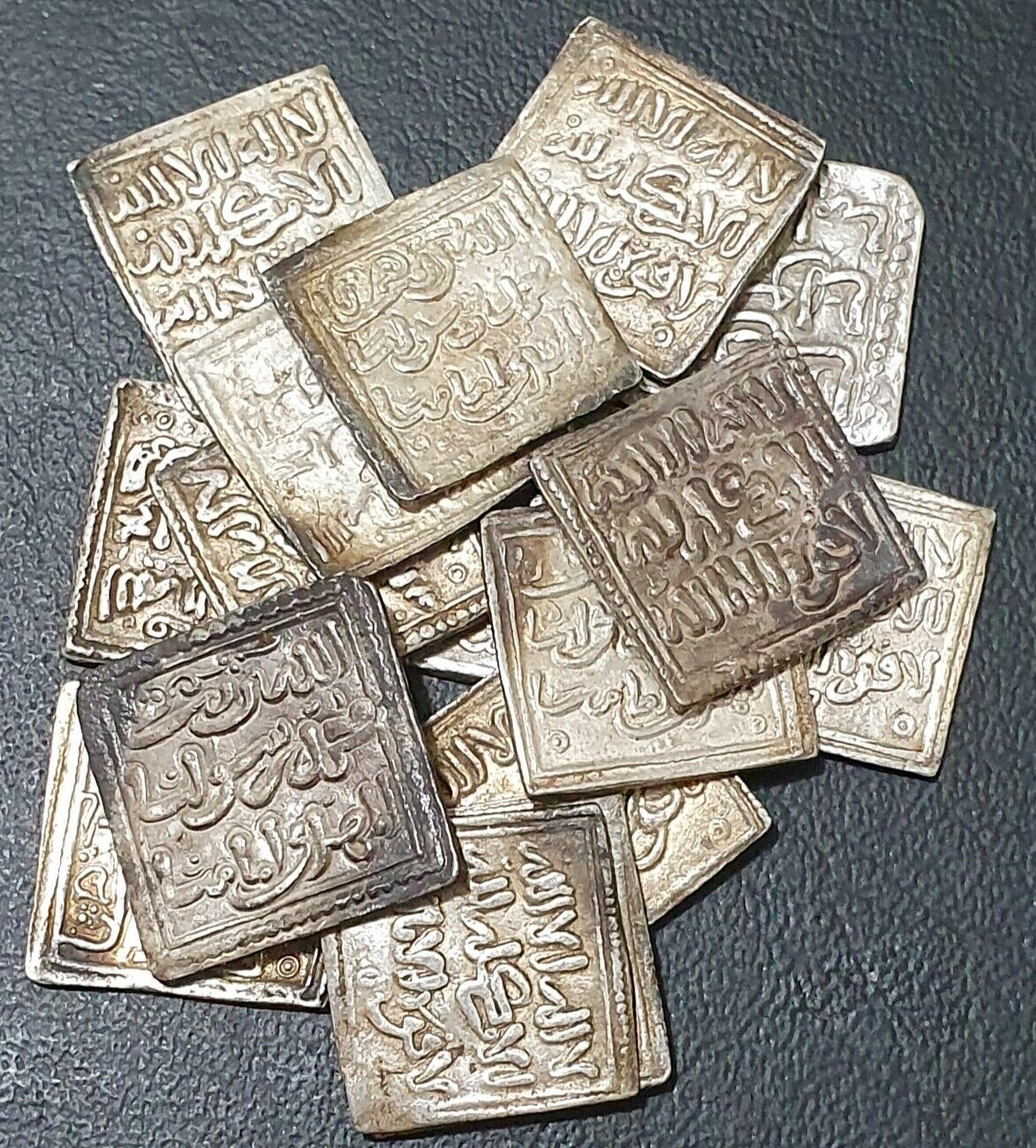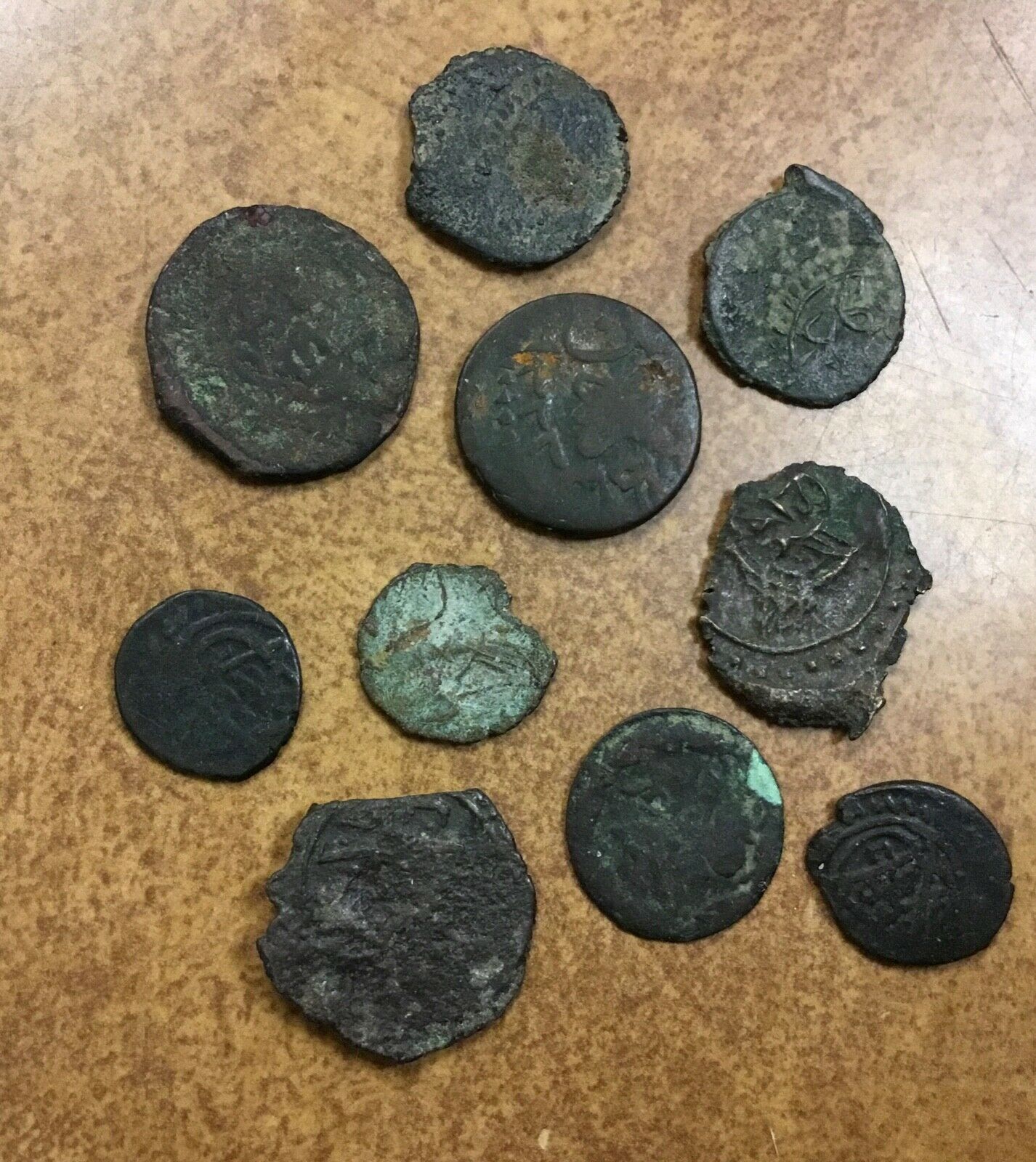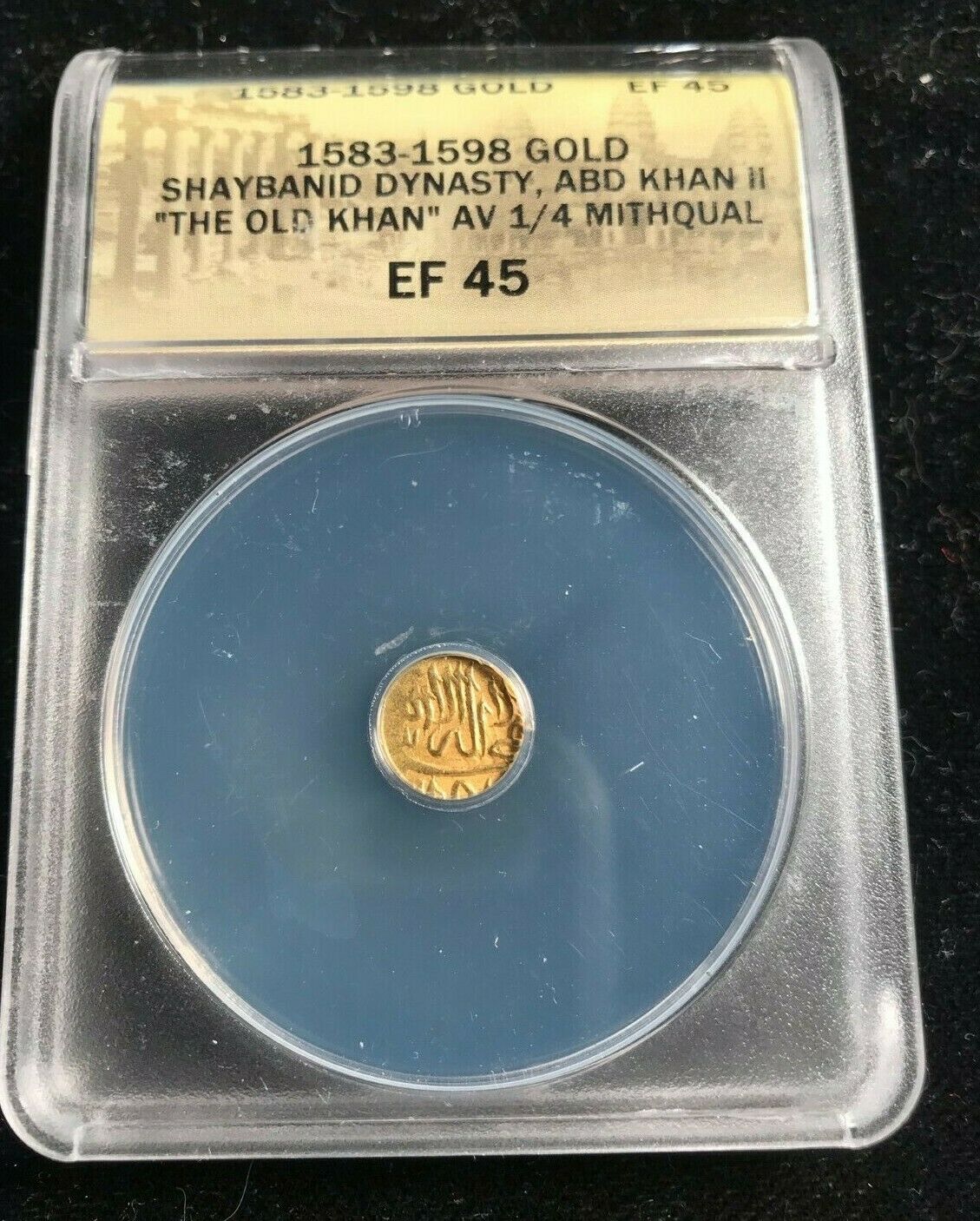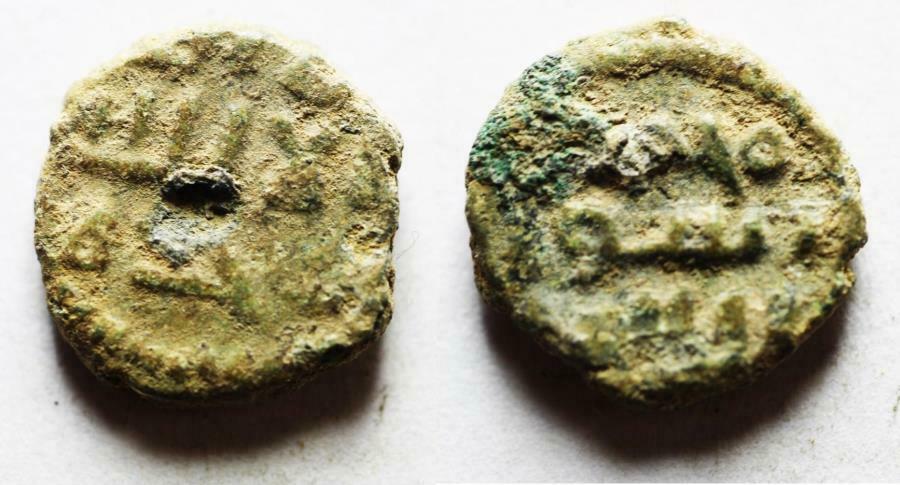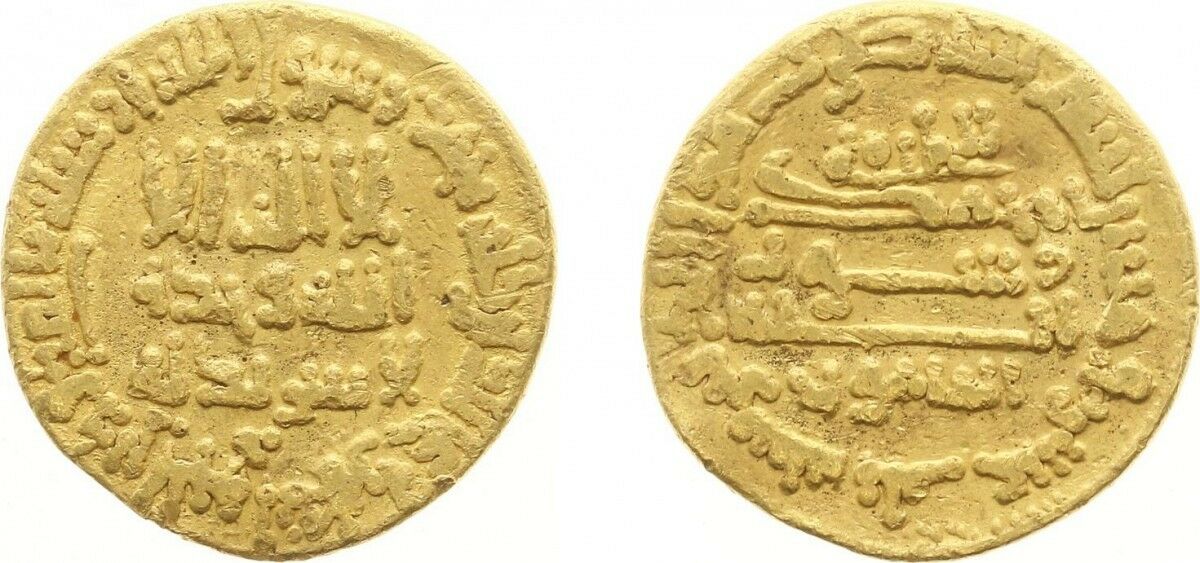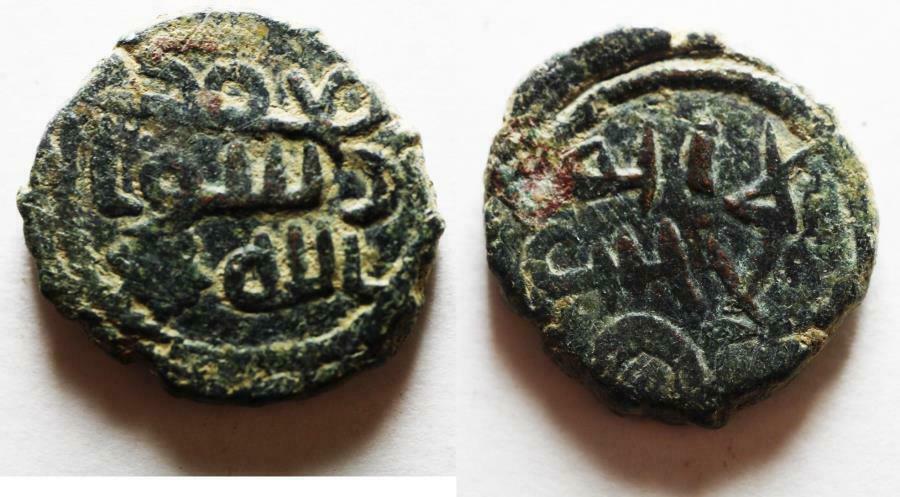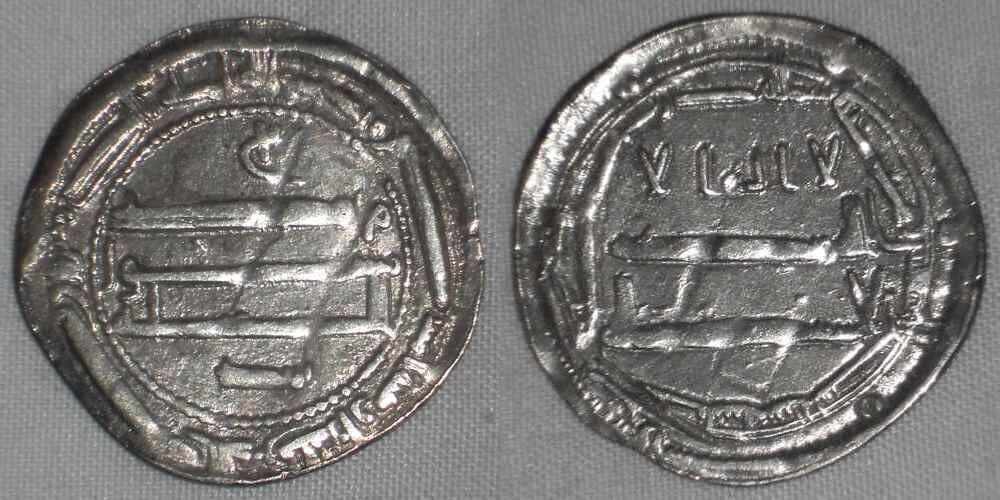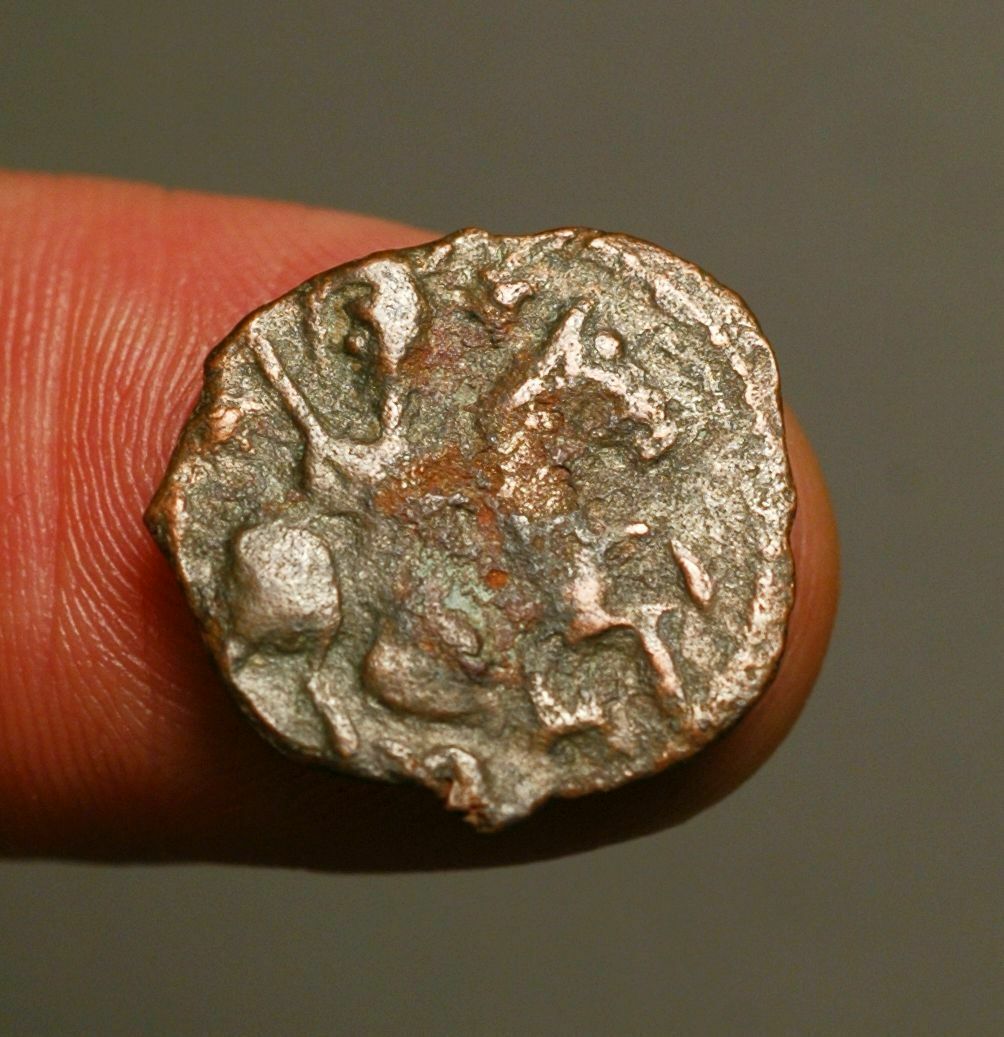-40%
Samanid gold dinar 960 AD Amir ‘Abd al-Malik b. Nuh AV dinar from Nishapur Mint
$ 493.67
- Description
- Size Guide
Description
Ancient Coins Guaranteed AuthenticFree Domestic Shipping
All International Shipping Combined
International Shipping Free For Purchases over ,000
Returns, when due to damaged goods, are undestood. But if you're "changing you're mind, cause you just didn't like it," don't. You will be immediately blocked.
THE SAMANIDS (867-1495)
The Samanids (also known as the Saffarids, (867-1495) were the first Islamic Persian rulers. They were Sunni Muslims loyal the caliph in Baghdad and admirers of Persian Shiite culture. They set up a local dynasty within the Abbasid Empire and presided over a period of creative and artistic energy. Iranians, Afghans and Tajiks embrace the Samanids as their own.
Starting in the 10th century ethnic groups who were converted to Islam by the Arabs began to reassert themselves. The Samanids ruled from A.D. 819 to 992 and were based in Bukhara in present-day Uzbekistan. They retook their homeland and captured Baghdad in 945. Their empire didn't last long. It waned in the early 10th century due to internal divisions.
The Samanids eventually ruled an area from central Iran to India, with the heart of their empire in eastern and southern Iran and southern Central Asia. The Abbasids ruled western Iran and other dynasties ruled other parts of the country. In 962 a Turkish slave governor of the Samanids, Alptigin, conquered Ghazna (in present-day Afghanistan) and established a dynasty, the Ghaznavids, that lasted to 1186.*
J.J. Saunders wrote in “A History of Medieval Islam”: “Despite their brief rule of little more than a hundred years, the Samanids had much to their credit. Of Persian origin, they set up a strong centralized government in Khurasan and Transoxiana, with its capital at Bukhara; they encouraged trade and manufactures; they patronized learning, and they sponsored the spread of Islam by peaceful conversion among the barbarians to the north and east of their realm. [Source: J.J. Saunders, “A History of Medieval Islam,” (London: Routledge, 1965), chap. 9. "IX The Turkish Irruption"]
Samanid History
The Samanid dynasty (A.D. 819–999) was an Iranian dynasty that arose in what is now eastern Iran and Uzbekistan. It was renowned for the impulse that it gave to Iranian national sentiment and learning. The Saminids set up a local dynasty within the Muslim Abbasid Empire. Modern Tajiks look upon the Samanid dynasty as a kind of golden age.
The four grandsons of the Samanid dynasty’s founder, Saman-Khoda, had been rewarded with provinces for their faithful service to the Abbasid caliph al-Mamun: 1) Nuh obtained Samarkand; 2) Ahmad, Fergana; 3) Yahya, Shash (Tashkent); and 4) Elyas, Herat. Ahmad’s son Nasr became governor of Transoxania in 875, but it was his brother and successor, Ismail I (892–907), who overthrew the Saffarids in Khorasan (900) and the Zaydites of Tabaristan, thus establishing the semiautonomous rule over Transoxania and Khorasan, with Bukhara as his capital. [Source: Encyclopedia Britanica ~]
Under the loosely centralized feudal government of the Samanids, Transoxania and Khorasan prospered, with a notable expansion of industry and commerce, attested by the use of Samanid silver coins as currency throughout northern Asia. The main cities of Samarkand and Bukhara became cultural centres. Persian literature flourished in the works of the poets Rudaki and Ferdowsi, philosophy and history were encouraged, and the foundations of Iranian Islamic culture were laid. ~
From the mid-10th century, Samanid power was gradually undermined, economically by the interruption of the northern trade and politically by a struggle with a confederation of disaffected nobles. Weakened, the Samanids became vulnerable to pressure from the rising Turkish powers in Central Asia and Afghanistan. Nuh II (976–997), to retain at least nominal control, confirmed Sebüktigin, a former Turkish slave, as semi-independent ruler of Ghazna (modern Ghazni, Afg.) and appointed his son Mahmud governor of Khorasan. But the Turkish Qarakhanids (Qarakhanid Dynasty), who then occupied the greater part of Transoxania, allied with Mahmud and deposed the Samanid Mansur II, taking possession of Khorasan. Bukhara fell in 999, and the last Samanid, Ismail II, after a five-year struggle against the Ghaznavid Mahmud and the Qarakhanids, was assassinated in 1005.




